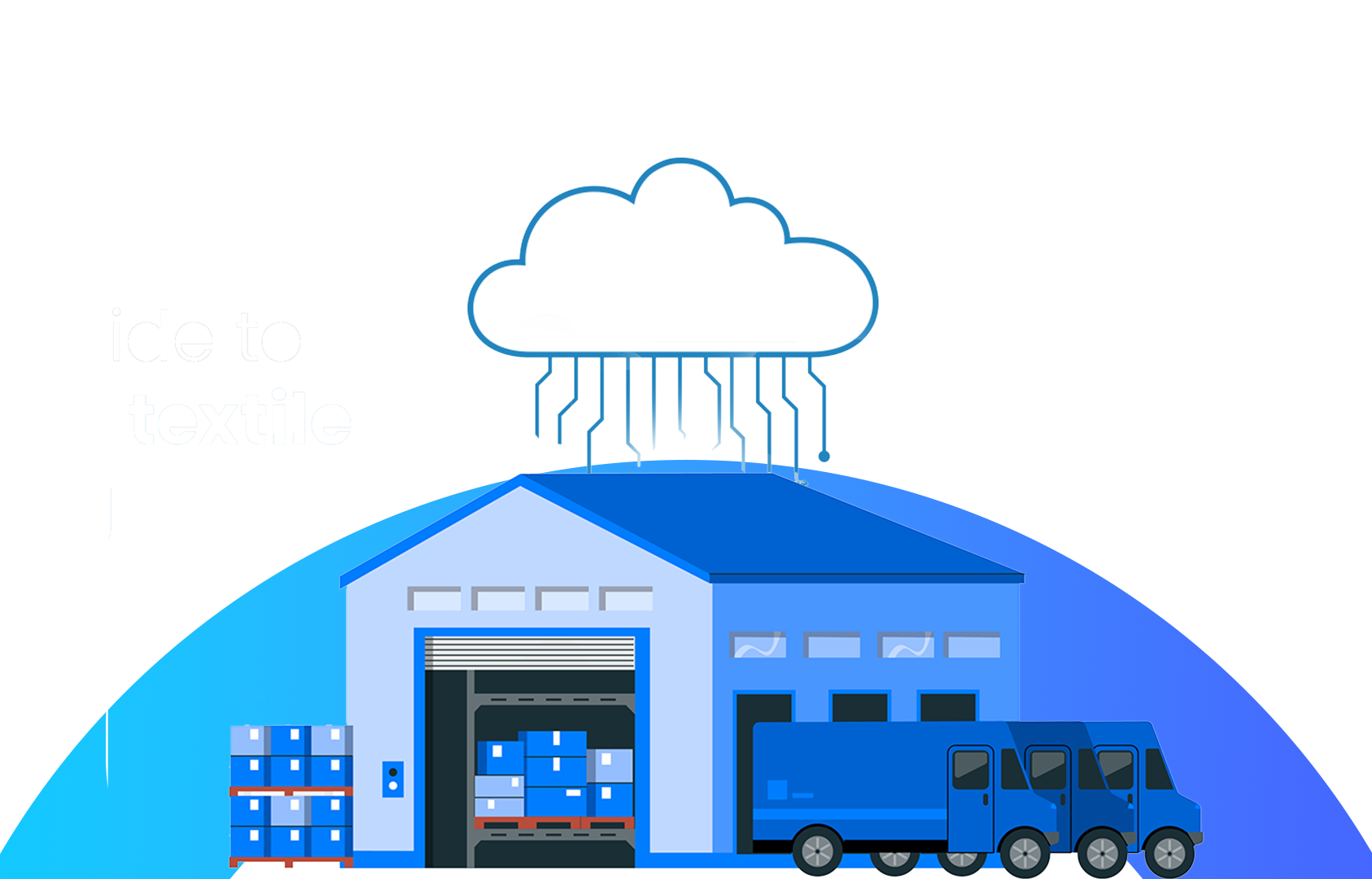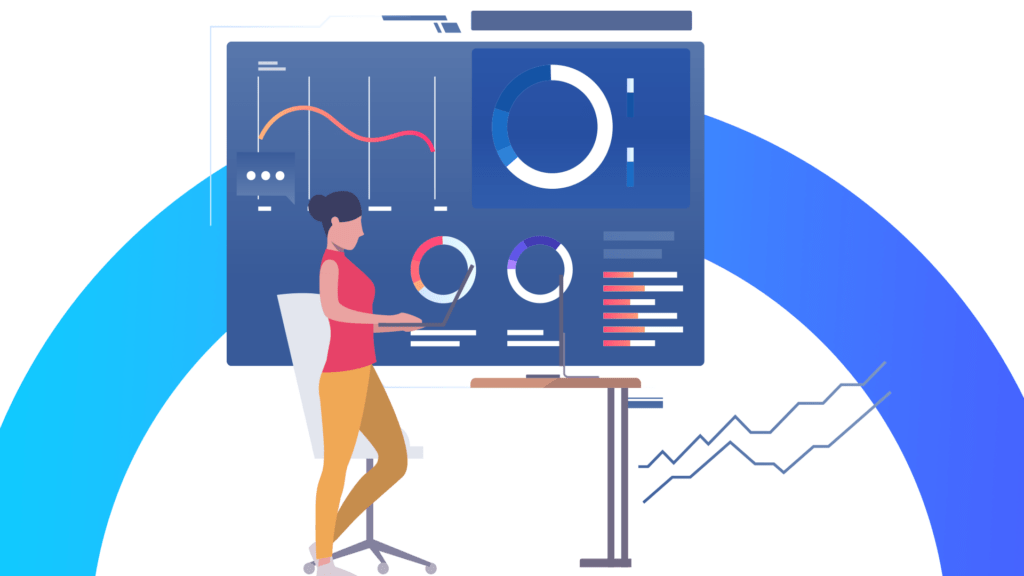In this age of flourishing digitization and automation, maximizing efficiency and productivity, while cutting costs through Industrial IoT solutions, for textile manufacturing is a no-brainer. As per IDC, “the last few years have shown that connecting with a digital infrastructure is no longer a luxury, but a necessity”.
This blog explores the key role Industrial IoT for textile manufacturing plays in maximizing plant productivity through digitization. It also discusses cost-cutting methods and streamlining the manufacturing process to maximize profitability and sustainability in IIOT.
The textile industry's dynamics of change
Since the industrial revolution, we have observed the plethora of tools, technologies, and techniques the fashion and textile industries have developed, to streamline the textile production process to be more and more productive, all the while cultivating innovation.
Despite such inventiveness, the sector is experiencing unprecedented transformations. Consumer preferences, shifts in distribution channels, and heightened economic volatility present new challenges for textile manufacturers. As consumers exert greater influence, manufacturers are confronted with the task of adapting to their changing demands. There is a further need to gain a competitive advantage in the latest industrial revolution- Industry 4.0. Yet, within these challenges, there exists an opportunity for forward-thinking manufacturers to innovate and incorporate technologies, thereby reshaping the landscape of value creation. Incorporating cutting-edge technologies into the textile production process provides companies the chance to prosper and influence the future of textiles.
Here the question arises as to how can textile companies strategically automate & oversee manufacturing processes to enhance efficiency & ensure exceptional quality benchmarks.
Understanding industrial IoT
Enter the Internet of Things, abbreviated as IoT. Within IoT technology, a network of physical devices, referred to as “things,” is linked to the internet. Devices with processors, sensors, and communication hardware gather, exchange data through edge computing, facilitating seamless interaction with other systems. AI like SCADA filters IoT data based on parameters, making intelligent decisions autonomously, reducing the need for human intervention. Seen as an extension of the IoT, Industrial IoT is now being used by textile manufacturers as a user-friendly and cost-effective solution to unearth potential within industrial operations.
Utilizing industrial IoT for textile manufacturing companies
Textile manufacturers frequently face the difficulty of dealing with unexplored and underutilized operational data, mainly because of limited access, complex analysis approaches, and insufficient storage solutions. Industrial IoT systems, such as OmniconnectTM emerge as a transformative solution, offering a user-friendly and economical method to unlock the untapped potential inherent in industrial operations.
Textile manufacturing plants often have many constituents that are suited for a solid Industrial IoT solution. Temperature and humidity sensors in dye houses provide real-time data, while dust sensors near spinning equipment ensure safety and quality.
Benefits of utilizing industrial IoT for textile manufacturing companies
- Conducts predictive maintenance
The supply chain for textile manufacturing is adversely affected due to machine downtime. It leads to extended production lead times and incurs additional costs related to labor and parts required for issue identification and repair. Through the utilization of Industrial IoT devices, such as OEEfficienci powered by Azure technology and expertise, factories can transition from a reactive to a proactive approach in maintenance. Our real-time performance monitors and sensors gather and analyze data about the equipment, enabling the identification of machines at risk of malfunction. This minimizes downtime and optimizes the run times of machines. Furthermore, it facilitates well-informed decision-making regarding the timing, labour, and resources necessary for equipment maintenance, which effectively avert potential failures and prevent unexpected production delays.
- Quality control and supply chain visibility
During the various stages of yarn production, human errors can occur adversely affecting yarn quality. Integration of Industrial IoT sensors into textile machinery enables manufacturers to map various parameters, reducing errors during processes like spinning. Industrial IoT further provides visibility into the supply chain, aiding smarter production strategies and ensuring quality control.
- Efficient production tracking and analysis
Efficient management of production flow is essential to minimize waste and reduce unnecessary work-in-process inventory. Furthermore, Industrial IoT enables real-time monitoring of production status, enabling speedy resolution of production issues and timely deliveries.
- Manages energy expenditure and promotes sustainability
HVAC electricity consumption constitutes the major component of energy use, typically around 40% of total building consumption. Industrial IoT integration allows brands to analyze energy data for profitability and sustainability, aiding textile manufacturers in meeting their goals.
- Facilitates marketing and sales operations
Industrial IoT proves beneficial for textile manufacturing companies in leveraging big data effectively. This information empowers the textile industry to gain a deeper understanding of the market, predict customer reactions to new products, and extend product lifecycles.
As we navigate the transformative landscape of Industrial IoT for textile manufacturing, the imperative for innovation and efficiency becomes evident. Embracing Industry 4.0 through IoT technologies, such as OmniconnectTM, allows manufacturers to overcome challenges presented by shifting consumer preferences and economic volatility. Upon strategically deploying Industrial IoT solutions, the promise of heightened efficiency, quality assurance, and sustainable practices materializes. By harnessing the power of connectivity and data analytics, the textile industry is poised to not only meet but influence the future of the textile landscape. Textile manufacturers embrace digital transformation for industry 4.0, blending innovation, profitability, and sustainability strategically in their evolution.




